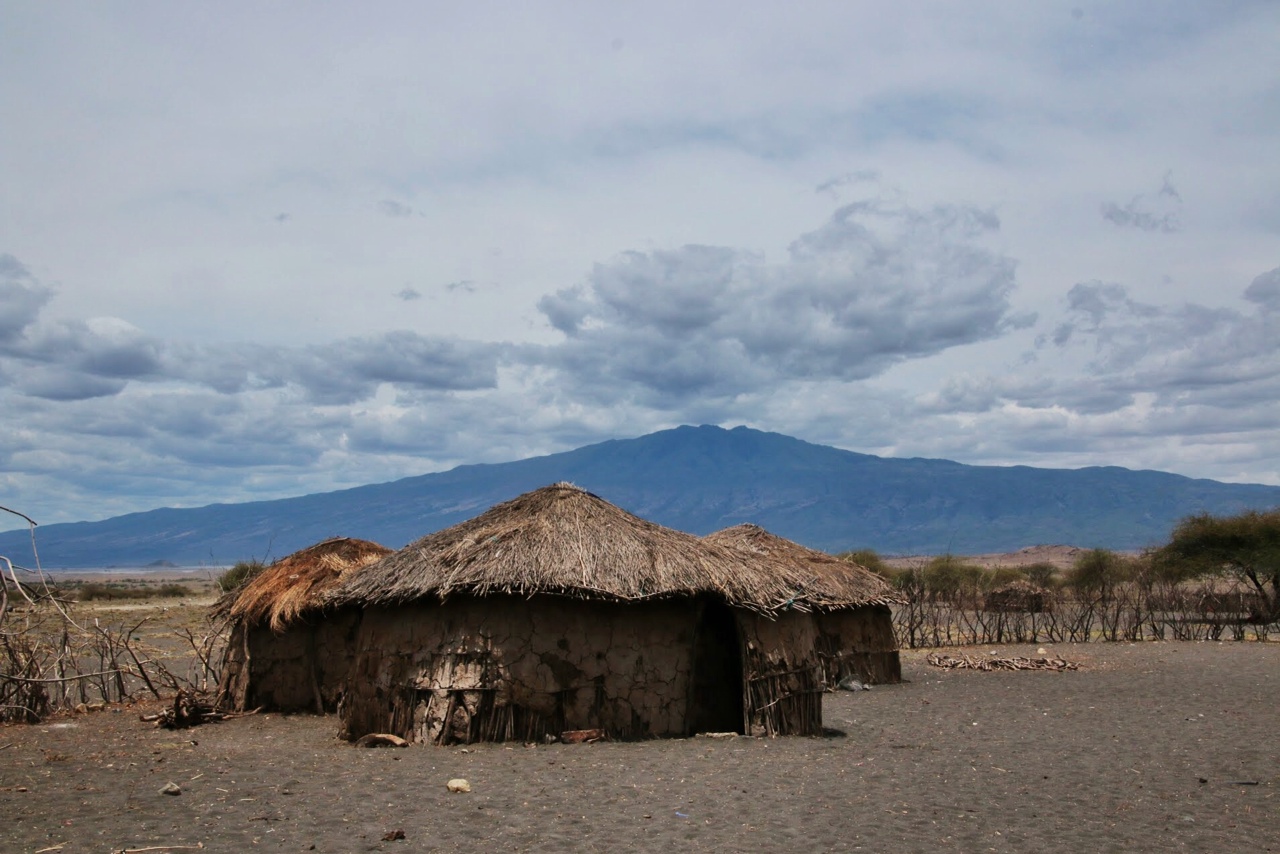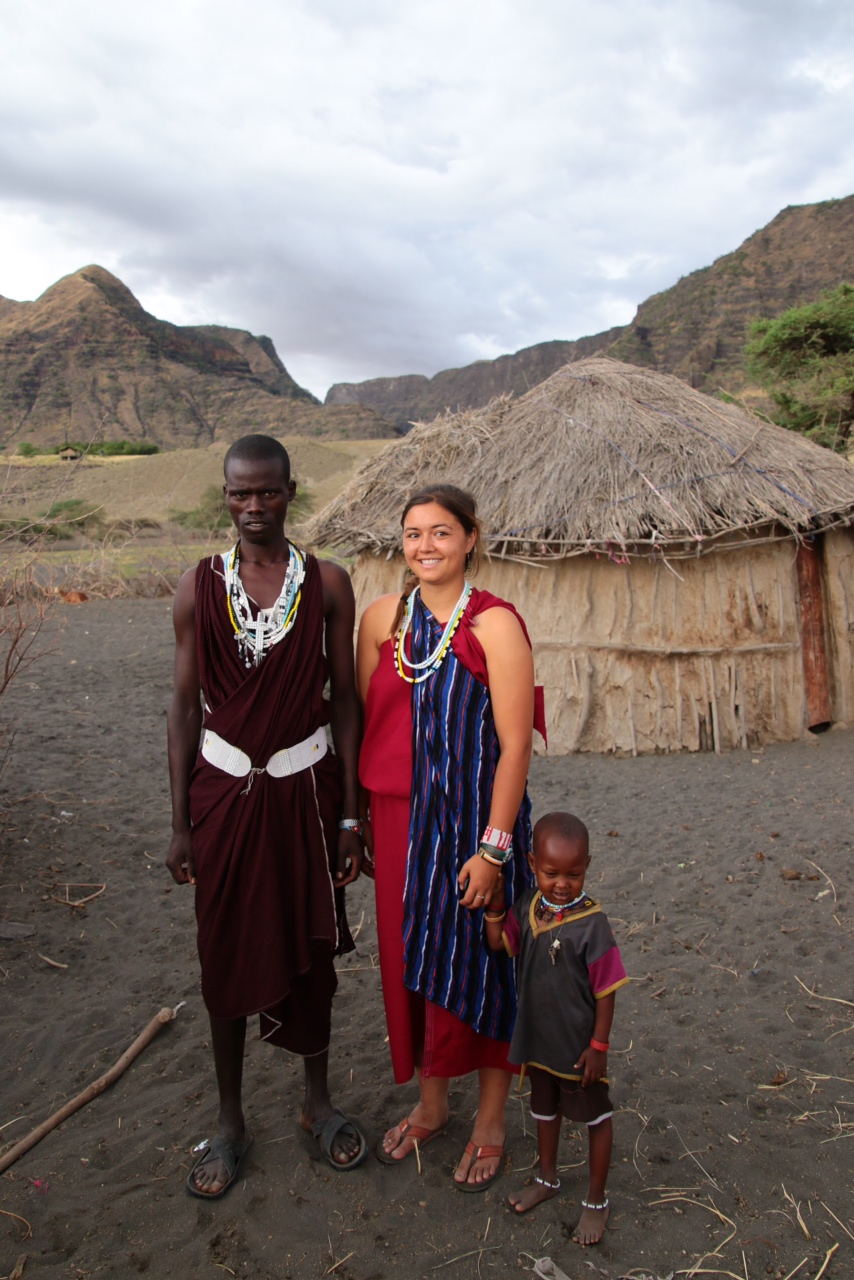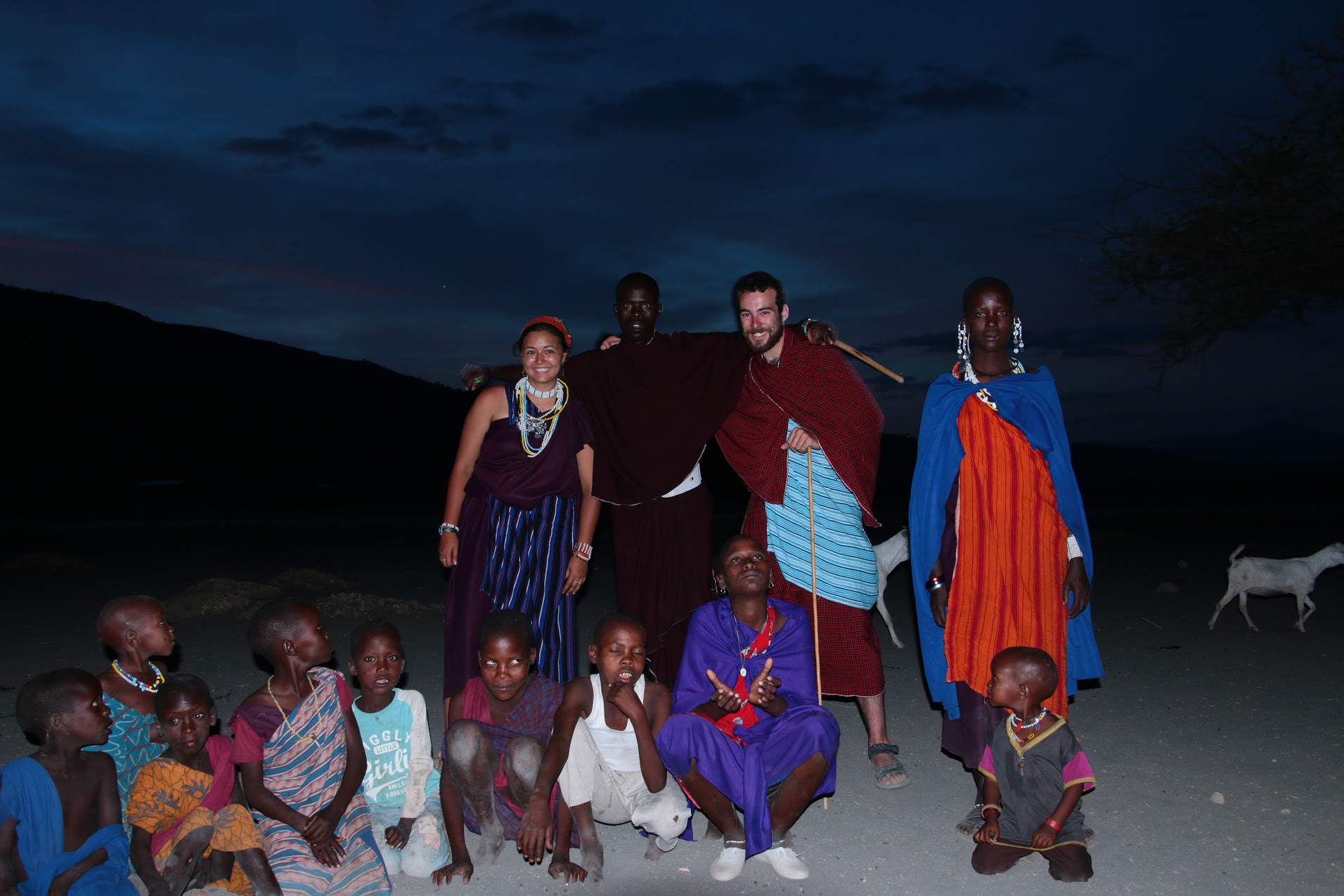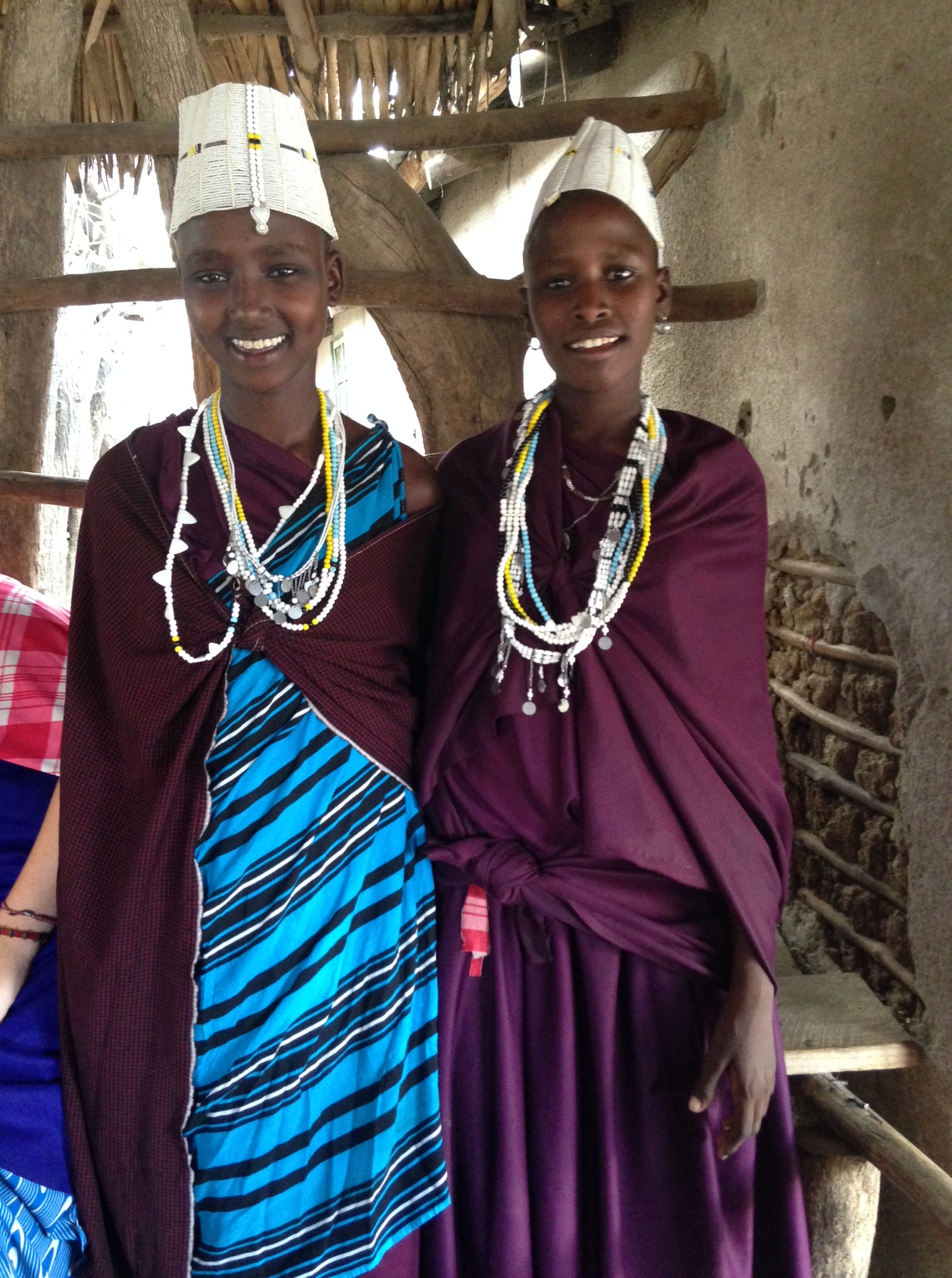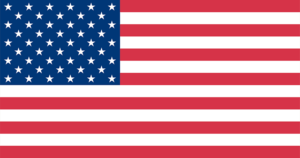The Maasai are an incredibly fascinating people, living off the land as pastoralists. They have managed to tightly hold on to their culture, despite the western influence constantly pushed upon them. It wasn’t until the last 15 years that the Maasai have begun to feel the changes that development brings. Clothing that was once goat and cow skin has now transitioned into the brightly-colored cloth shukas that Maasai clad themselves in. Where once Maasai spent their entire lives living as pastoralists in bomas, now many move to cities and are employed as guards or in the tourism industry. And for many years Maasai people went uneducated, until the local government imposed a law requiring all children to attend primary school. However, in spite of all this, they each still maintain many of the cultural customs that make them Maasai. From their clothing and facial piercings to their rituals and ceremonies, Maasai culture is very much thriving.
After spending several days living in a Maasai village near the edge of Lake Natron in northern Tanzania, I was able to get a glimpse into the culture and lifestyles of this fascinating tribe. Over the course of 4 days I lived side by side with the Maasai, sleeping in dung/stick huts known as bomas or outside under the stars atop a cowhide, all while being taught the Maasai way of life by my home-stay family. I learned to bathe in the river and collect firewood in the forest while carrying the load back on my head. I battled bedbugs, an endless swarm of flies, and the equatorial sun. I felt like a child as my mama and sister would have to dress me each day, as I was too incompetent to tie the Maasai cloth robes onto myself. I spent my nights sandwiched on a single cowhide bed by my sister, mama, and a 4 year old child. I was also welcomed by the kindest hearts and biggest helpings of food I could ever imagine. All of this I would never trade for the world.
The lessons I learned about the Maasai way of life during my short stay were far greater than any book or documentary could ever show me. And I still don’t even know the half of it! But from what I did learn and witness, it is worth sharing to those who may never get a chance to meet a Maasai.
Cows are the world to the Maasai, and some even believe that all the worlds cattle were gifts of god to the Maasai people. They are usually only slaughtered for large celebratory events, such as weddings. Otherwise, cows are used for their milk and their blood, both forms of sustenance which can be taken without needing to have the cow killed. Cows are also a form of currency, used for settling disagreements or as dowry for wives. It is possible to judge a Maasai man’s richness by the amount of cattle he possesses.
The boma (the name for both the individual mud huts and the overall fenced in cluster of huts belonging to the patriarch) is constructed of cow dung and sticks, and is a surprisingly sturdy structure. The Maasai women are responsible for building their own boma after they are married. A single Maasai man may have upwards of 10 wives, meaning there will be 10 of these bomas in a single area. The lifestyle here is incredibly community oriented, with all the women looking after one another’s children. It feels like one big family, which extends to the idea of personal property. I discovered that if I wasn’t using my shoes or my flashlight, or really any of my belongings at any given moment, they then became fair game to anyone in the area. I would wake up one morning with my shoes missing, only to find my Maasai sister wearing them while she fetched water. I would see my headlamp being worn by little children and my Maasai mama alike. I soon came to realize that there really is no such thing as personal property, and much like everything else in the community, most things are shared.
Circumcisions and child births are the most celebrated events in Maasai culture, with elaborate ceremonies taking place for each. A boy can not transition into warrior-hood until he has undergone the circumcision process with his age class. Female circumcision is also a continuing custom, and most girls undergo this process shortly after puberty.
Women spend their days cooking, beading and jewelry crafting, or gathering firewood and water. Maasai warriors, the Morani, spend their days hiking long miles herding cattle or goats, often napping in the shade of trees during the heat of the day.
Marriage occurs at a very young age, and children are revered, so having as many babies as possible is both desired and respected. Courting occurs between young women and warriors during night gatherings called asothos. Here, warriors dance and make a display of jumping as high as they can, shaking their hair at women that catch their eye. Women respond with a shoulder-shaking dance move, shimmying at the men. Both parties are chanting and singing all the while–females with their occasional high pitched additions to the men’s guttural growls and barking sounds. These gatherings last far into the night, with ours starting around 10 pm and lasting past midnight. The Maasai were very excited to have a few of us students attempt their dance moves!
Overall, the Maasai way of life is hard, monotonous, and sweaty. It would certainly be an incredible struggle for me to take to this way of life permanently. The Maasai however, flourish in maintaining the old ways of life. The only obvious modernized aspects of Maasai life include their use of cellphones and their going to the local town store to buy rice or a treat of soda. Time will only tell how development and modernization will affect the Maasai in the coming years, but for now, life remains simple. Beautiful, fierce, soft and kind, the Maasai are a people to be reckoned with.


